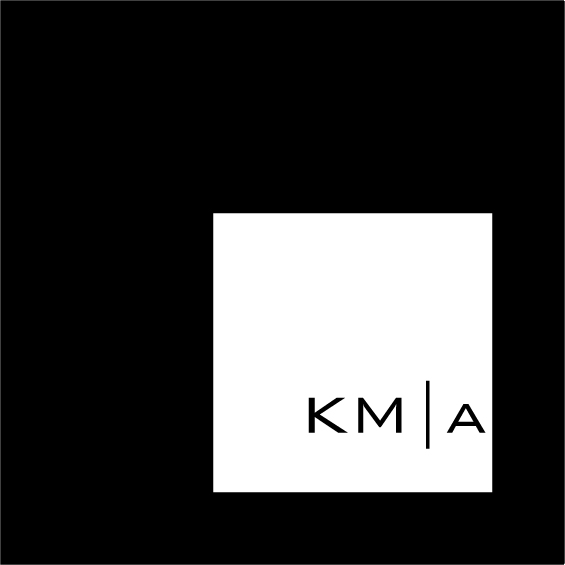Air quality in the age of Covid has been discussed and debated by many. Unfortunately, most of these discussions have been by those not qualified to do so.
UV lights have been and are currently used to kill microorganisms (bacteria, viruses, fungi) in the air and on surfaces. UV lights are sold to consumers in a variety of forms with inflated promises of what they will accomplish.
UVC, the region of UV light that kills microorganisms, is useful in certain applications. However, UV light can also produce ozone, which can be very unhealthy.
There is an excellent article found on the Green Building Advisor web site, Do UV Lights Really Make Indoor Air Quality Better? by Allison A. Bailes III, PhD, that goes into great, yet understandable, detail on this topic.
A summary of the findings on UV lamps from this article are listed below:
In a residential setting, their best use is to keep the air conditioner coil and drain pan clean.
They’re not so good at killing viruses, bacteria, and fungi in your home’s air, so they’re not going to help much with killing coronavirus in your home.
You still need to do source control, filtration, and ventilation for good indoor air quality, and that’s where you should start.
Some materials degrade when exposed to UV so you need to make sure your system won’t break down.
Some UV lamps generate ozone so you need to get one that’s shown to be ozone-free.
If you are considering the use of UV lights to sanitize and improve your indoor air quality, your best approach is to get educated and understand their benefits, risks, and proper applications.
